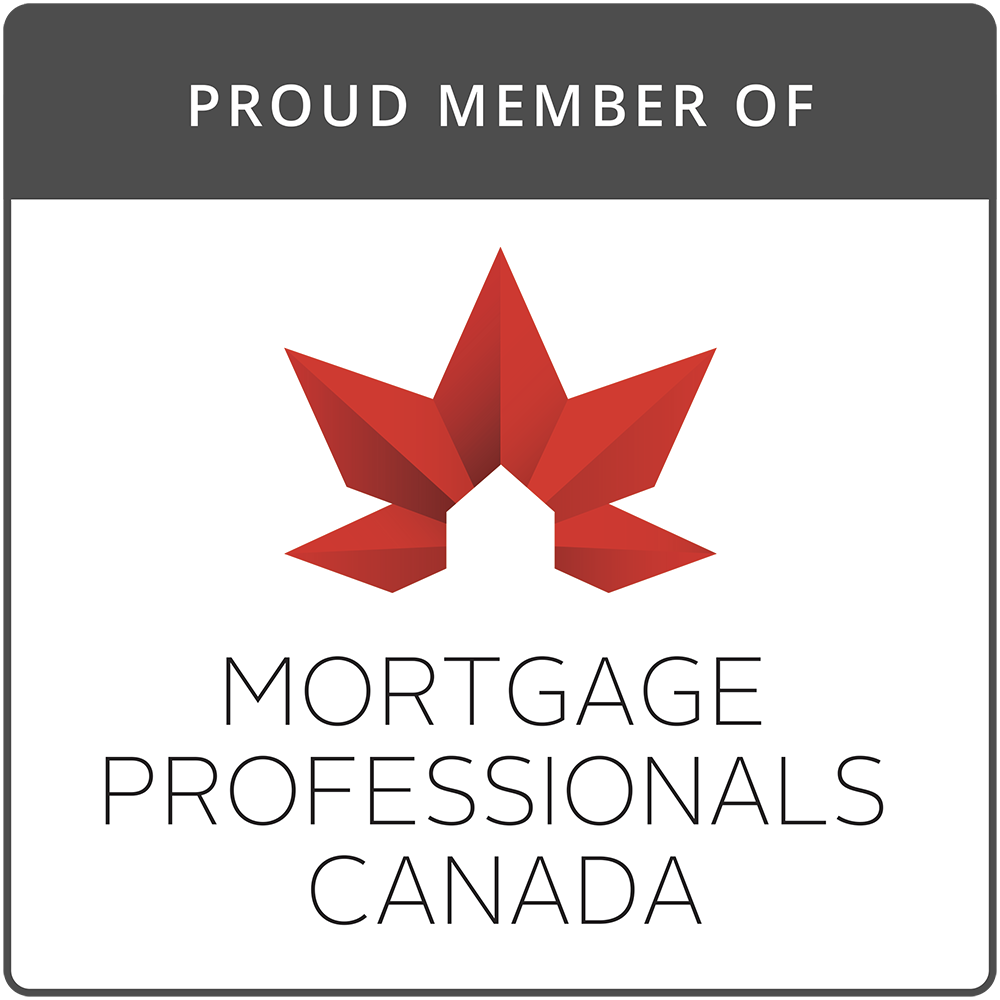How to Get Pre-Approved for a Mortgage
If you are thinking about buying a home in Canada, it's important to understand the mortgage pre-approval process. The home buying process should be a positive experience but the stresses of the process often negate that. One way to alleviate some of the stress is to get a mortgage pre-approval. While it is not a guarantee that you have financing it helps you understand what is possible and provides some comfort that a lender has reviewed your situation and thinks you can be eligible for financing.

What is a mortgage pre-approval?
A mortgage pre-approval is a quick way of seeing how much a mortgage lender is willing to lend to you, the interest rate they can offer you and your resulting mortgage payment. It results from a process where a lender does a preliminary review of your financial information and credit history. This process usually requires you to fill out an application and provide documentation such as proof of income, employment, and assets.
It is important to note that a mortgage pre-approval is not a guarantee that you will be approved for a mortgage, nor does it guarantee the interest rate you will be offered. The lender will offer a rate hold, usually for up to 120 days, when they provide a mortgage pre-approval so you know you are protected against rising interest rates during the rate hold period. However, a mortgage pre-approval is conditional and you need to pass the underwriting process to clear all the conditions to get the rate that was offered. Nevertheless, it is a good indicator of what you can afford to borrow and can help you set a realistic budget for your home search.
For a pre-approval to be meaningful it has to come from a lender. If the lender has reviewed your applications and provided an indication of the mortgage amount and rate, you can take comfort that if you pass the underwriting that you will end up with what was indicated in the pre-approval. The lender will also provide a rate hold. Some mortgage brokers provide pre-approvals but they are not worth the paper they are written on. They are not an assurance that a lender has reviewed your file nor do they provide a rate hold. It is just a broker saying to you that they think they can get something done. Avoid that – make sure your mortgage pre-approval comes from a lender.
Which lenders provide mortgage pre-approvals?
Most banks, credit unions, and large independent mortgage lenders in Canada offer mortgage pre-approvals. Providing mortgage pre-approvals can be expensive for lenders so some avoid it. It is best to work with a mortgage broker that has access to many lenders so you can have the best opportunity to find a good mortgage pre-approval rate.

How do I apply for a mortgage pre-approval?
If you work with a mortgage broker, they will interact with the lender and handle the mortgage pre-approval process for you. To apply for a mortgage pre-approval, you will need to provide some basic information about yourself and your finances. This may include:
- Proof of income: This can include recent pay stubs, tax returns, and/or a letter of employment from your employer.
- Proof of assets: This can include bank statements, investment account statements, and retirement account statements.
- Debt information: This can include credit card statements, student loan statements, and car loan statements.
- Identification: You will need to provide a government-issued ID, such as a driver's license or passport.
Once you have provided all the necessary documentation, the lender will review your credit history and financial information to determine how much money they are willing to lend you. This process typically takes between one and four days.
Do’s and Dont’s for getting a mortgage pre-approval
DO
Be honest about your finances: It is important to provide accurate and honest information to your lender during the mortgage pre-approval process. Lying or omitting information can result in your mortgage pre-approval being denied or your mortgage application being rejected later on.
Remember that mortgage affordability matters. Set realistic expectations. Use our mortgage affordability calculators for an early assessment of what size of home you can afford.
Get your mortgage pre-approval before you start house hunting: getting pre-approved before you start looking at homes can help you set a realistic budget and avoid falling in love with a home that you can't afford. Also, in many cases a realtor will not want to work with you until they know you have a mortgage pre-approval.
Compare rates and terms from different lenders: Shopping around and comparing rates and terms from different lenders can help you find the best mortgage for your situation. For instance if you are in Ontario, a mortgage broker that works in Ontario can show you which lenders have the best mortgage rates in Ontario. Same for all other provinces. An experienced mortgage broker with strong lender relationships is the best way to search for rates.
Prepare ahead of time: collect the documents you will need for the mortgage pre-approval ahead of time so that when you need it, you can get it done quickly. Your mortgage broker can let you know what documents are required.
Ask questions: Don't be afraid to ask your mortgage broker or lender questions. Understanding the terms and conditions of your mortgage is as important as finding a good rate.
DON'T
Make major financial changes during the mortgage pre-approval process: such as quitting or changing your job, borrowing money or buying a car or other large ticket items. These changes can affect your credit score, your debt service ratios and your ability to qualify for a mortgage.
Overspend during the homebuying process: Once you have been pre-approved for a mortgage, it's important to stick to your budget. You know what you can afford and have mortgage affordability calculators available to help you understand that. Avoid overspending on a home. Remember that you will be responsible for making monthly mortgage payments for the life of your loan.
Assume you will be approved for a mortgage: A mortgage pre-approval is not a guarantee that you will be approved for a mortgage. It is not a contractual commitment to you from the lender. Your lender may still deny your mortgage application if they find something in the final underwriting of the mortgage that concerns them.
Additional helpful information
Here are a few additional pieces of information that may be helpful as you navigate the mortgage pre-approval process:
- Your credit score matters: Your credit score is an important factor in the mortgage pre-approval process. The higher your credit score, the better your chances of being approved for a mortgage with favorable terms and interest rates. If your credit score is low, you may want to work on improving it before applying for a mortgage.
- Mortgage pre-approvals have an expiry date: mortgage pre-approvals typically expire within 90-120 days. If you do not find a home within that time frame, you will need to reapply for a new pre-approval.
- A mortgage pre-approval does not commit you to that lender: You can still shop around after getting your mortgage pre-approval and compare rates and terms from other lenders. Just be sure to do so within a short time frame to minimize the impact on your credit score.
Make your offer to purchase a home conditional on financing: Just because you have a mortgage pre-approval doesn’t mean you are approved. If your offer is not conditional on financing and it is accepted, you now run the risk that the lender declines your application. Only after you have a commitment letter from your lender do you have a binding legal contract with them. Only after you have that commitment letter in hand can you be comfortable waiving a financing condition.
Conclusion
By understanding what a mortgage pre-approval is and what you need to do to apply you can set realistic expectations for your budget and find a mortgage that meets your needs. Remember to be honest about your finances, compare rates and terms from different lenders, and ask questions if you don't understand something. With a little bit of research and preparation, you can navigate the mortgage pre-approval process with confidence and find your dream home.
Remember that a lender can only show you the best mortgage rates and terms that they offer. The best way to explore the market is with an experienced mortgage broker. They can show you rates from multiple lenders and guide you through the process.
Do not allow a mortgage broker or realtor to push you into an outcome. Only you know what mortgage and what house is right for you. You can be in control of your home buying journey if you properly prepare.
At Frank Mortgage we place the customer first and are here to help you with your mortgage pre-approval. You can find us at www.frankmortgage.com or call us at 1-888-350-1337. Isn’t it time that someone was frank with you about your mortgage?!
About The Author

Don Scott
Don Scott is the founder of a challenger mortgage brokerage that is focused on improving access to mortgages. We can eliminate traditional biases and market restrictions through the use of technology to deliver a mortgage experience focused on the customer. Frankly, getting a mortgage doesn't have to be stressful.
Related Posts






